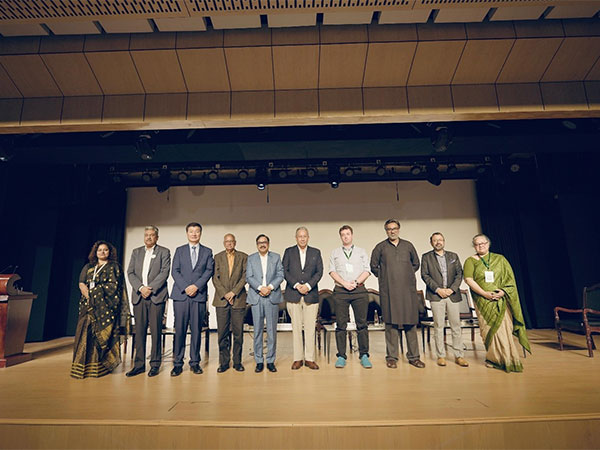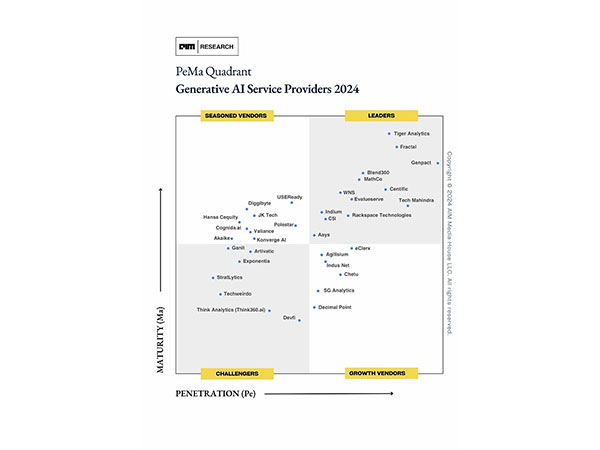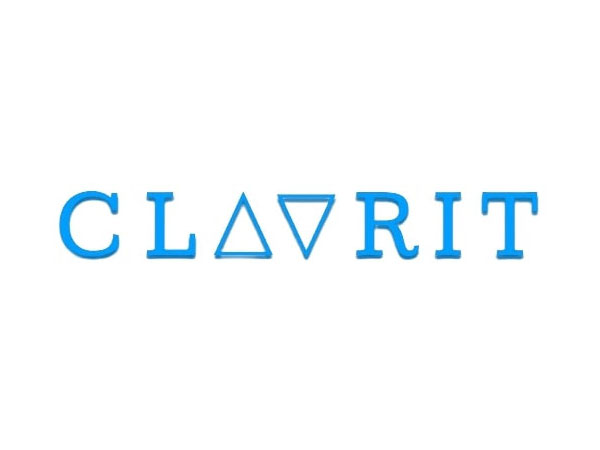Bridging the Gap Between Design and Regulation with AI
Jul 30, 2024
PNN
Pune (Maharashtra) [India], July 30: In the ever-evolving architecture, engineering, and construction (AEC) industry, the planning phase remains a critical juncture where innovation and regulatory compliance intersect. Ensuring that architectural designs align seamlessly with local building codes and regulations has traditionally been a complex, labor-intensive process fraught with potential for error and inefficiency. However, with the advent of artificial intelligence (AI), this dynamic is undergoing a transformative shift, bridging the gap between design and regulation more effectively than ever before.
The Complexity of Compliance
Regulatory compliance in construction is a multifaceted challenge. Architects and builders must navigate an intricate web of zoning laws, building codes, and safety regulations that vary by location and project type. Traditionally, this involved manual cross-referencing of design plans with extensive code documents, a time-consuming process prone to human error. Even minor oversights could lead to costly project delays and rework, stalling the momentum of construction projects and inflating budgets.
The Promise of AI in Construction Planning
AI is revolutionizing the construction planning process by introducing automation and intelligence that significantly reduce the manual burden on architects and builders. AI-driven tools can swiftly analyze design plans, cross-referencing them with relevant regulations to ensure compliance. This not only accelerates the approval process but also enhances the accuracy of compliance checks, minimizing the risk of oversight.
Pre-Submission Validation and Compliance Checks
One of the most significant advantages AI brings to the table is pre-submission validation of design plans. By utilizing advanced algorithms, AI tools can simulate the approval process, identifying potential code violations before plans are formally submitted. This proactive approach allows architects to rectify issues early, reducing the likelihood of rejections and resubmissions. The result is a streamlined workflow that keeps projects on track and within budget.
Real-Time Access to Rules and Codes
AI-powered platforms also offer architects and builders real-time access to a comprehensive library of building rules and codes. This dynamic database ensures that design teams are always working with the most up-to-date regulatory information, tailored to the specific requirements of their projects and locations. The ability to quickly search and apply relevant regulations simplifies the design process and ensures that every aspect of a project adheres to local laws.
Smart Scrutiny and Reporting
Beyond validation, AI tools provide detailed scrutiny reports that highlight areas of non-compliance and offer actionable recommendations for modifications. These reports are invaluable for architects, offering clear guidance on how to adjust designs to meet regulatory standards. This level of precision and clarity not only speeds up the planning phase but also fosters a more collaborative relationship between design teams and regulatory authorities.
Enhancing Efficiency and Reducing Costs
The integration of AI in construction planning results in significant time and cost savings. Automated compliance checks and pre-submission validations eliminate the need for repetitive manual reviews, freeing up valuable resources and allowing architects to focus on creative aspects of their work. Furthermore, by reducing the incidence of plan rejections and revisions, AI contributes to a smoother, more efficient planning phase that sets the stage for successful project execution.
Empowering Government Agencies and Inspectors
AI-driven solutions are not only beneficial for architects and builders but also for government agencies responsible for building permits and inspections. Automated tools streamline the permitting process, enabling real-time tracking of applications and ensuring that all necessary compliance checks are conducted swiftly and accurately. This results in faster approvals and a more transparent, efficient regulatory environment.
CivitPlan (AutoDCR® + BIMDCR®): Bridging the Gap with AI
SoftTech's CivitPlan application exemplifies how AI is bridging the gap between design and regulation in the AEC industry. By providing architects and builders with tools for pre-submission validation, real-time access to rules and codes, and comprehensive compliance checks, CivitPlan ensures that design plans are approval-ready from the outset. Its intelligent scrutiny reports offer clear guidance on regulatory requirements, empowering design teams to achieve 100% compliance before submission. Through these capabilities, CivitPlan not only enhances efficiency and reduces costs but also fosters a more collaborative and streamlined planning process, setting a new standard for excellence in the construction lifecycle.
(ADVERTORIAL DISCLAIMER: The above press release has been provided by PNN. ANI will not be responsible in any way for the content of the same)








